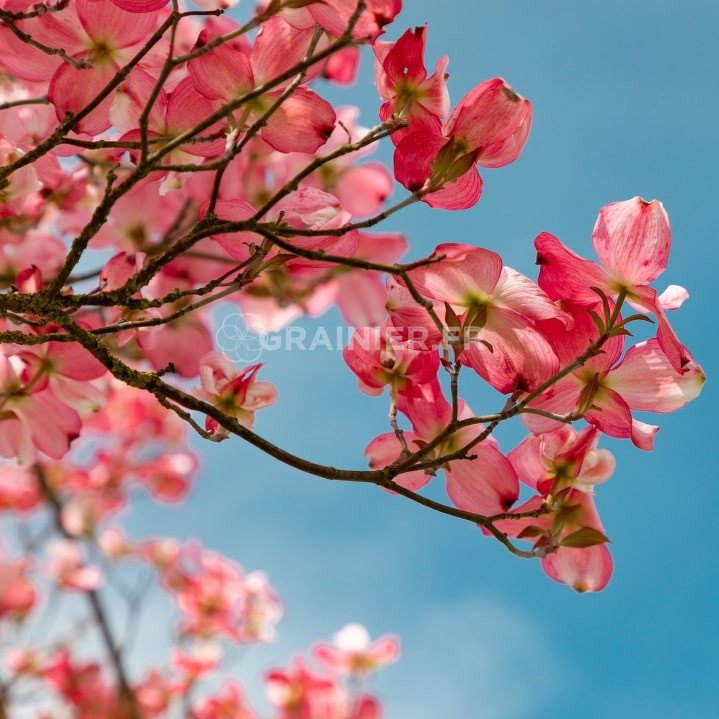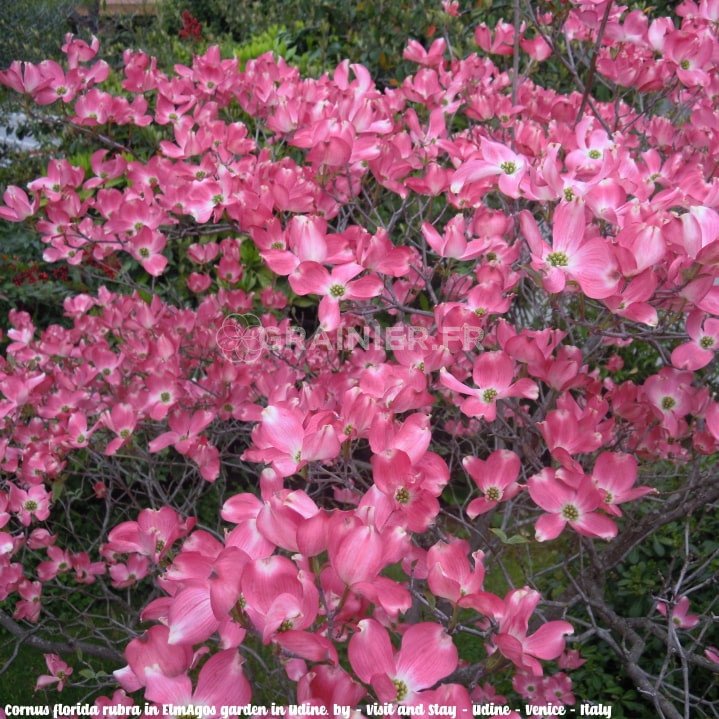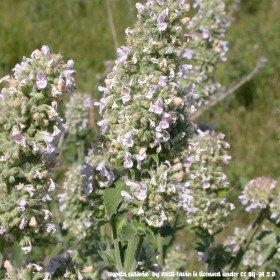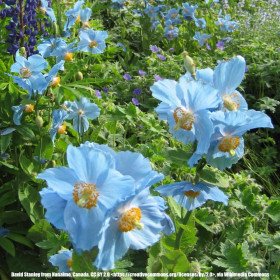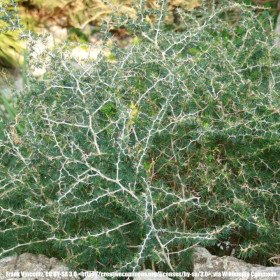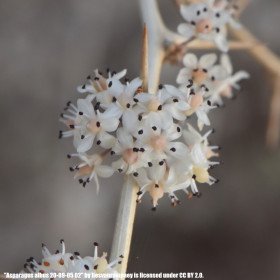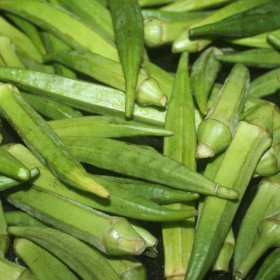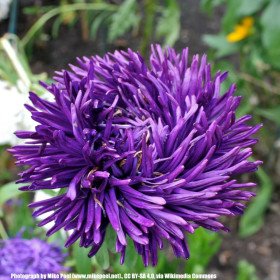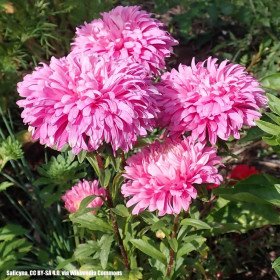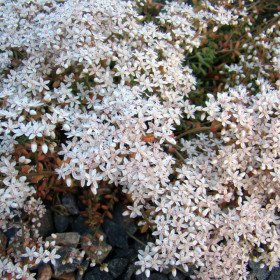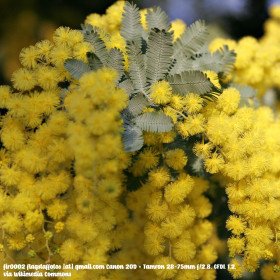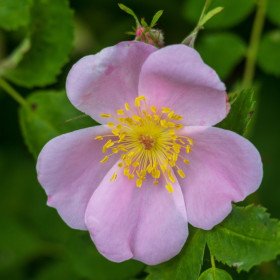2 Graines Cornouiller à fleurs rose, Cornus florida Rubra
2 Graines Cornouiller à fleurs rose, Cornus florida Rubra
- Modèle : 2 Graines Cornouiller à fleurs rose, Cornus florida Rubra
- Disponibilité : 3
- 1,50€
Cornouiller à fleurs rose d'Amérique, Cornus florida Rubra |
Cornus florida 'Rubra', également connu sous le nom de cornouiller à fleurs rouges, est une variété de cornouiller originaire d'Amérique du Nord.
2 graines - stratification à froid 4 mois avant semis, température idéale de semis 18/20 °C
Description :
- Le Cornus florida 'Rubra' est un arbuste à feuilles caduques qui peut atteindre une hauteur de 4 à 8 mètres et une largeur de 4 à 6 mètres.
- Il présente une silhouette arrondie à évasée avec des branches étalées.
- Les feuilles sont ovales, vertes et mesurent environ 7 à 10 cm de long. Elles se parent de magnifiques teintes rougeâtres à l'automne.
- Les fleurs sont l'attrait principal de cette variété. Elles sont de couleur rose vif à rouge foncé, en forme de bractées entourant de petites fleurs jaunes au centre. Les fleurs apparaissent au printemps, généralement en avril ou mai, créant un spectacle saisissant.
- Les fruits du Cornus florida 'Rubra' sont de petites baies rouges qui mûrissent à la fin de l'été. Ils sont appréciés par les oiseaux.
Utilisation :
- Le Cornus florida 'Rubra' est souvent planté comme arbre d'ornement dans les jardins, parcs et espaces paysagers.
- Ses magnifiques fleurs roses ou rouges en font un choix populaire pour les aménagements paysagers qui nécessitent une touche de couleur vive.
- Il peut être utilisé comme spécimen isolé, en massif ou en haie.
- Le feuillage automnal rougeâtre ajoute une belle dimension à l'aspect esthétique de la plante.
- Les fruits rouges attrayants peuvent également être appréciés par les oiseaux et la faune du jardin.
Semis :
- Le Cornus florida 'Rubra' peut être multiplié à partir de graines.
- Les graines peuvent être récoltées à partir des fruits mûrs en automne.
- Il est recommandé de scarifier légèrement les graines en les frottant avec du papier de verre fin pour faciliter la germination.
- Les graines doivent ensuite être stratifiées à froid pendant environ 90 jours dans un mélange de sable humide, à une température de 0 à 5 °C.
- Après la stratification, les graines peuvent être semées en pots ou en pleine terre au printemps, lorsque tout risque de gel est passé.
- Les jeunes plants peuvent être transplantés dans leur emplacement définitif après quelques années de croissance.
En résumé, le Cornus florida 'Rubra' est un arbuste à fleurs attrayant et coloré, idéal pour ajouter une touche de beauté printanière à votre jardin. Sa floraison éclatante, son feuillage automnal rougeâtre et ses fruits rouges en font un choix populaire pour les espaces paysagers. Le semis à partir de graines nécessite une stratification à froid pour une germination réussie.
Etiquettes : cornouiller, fleurs, rose, amerique, cornus, florida, rubra, GRAINES DE FLEURS & ARBRES Cornouiller à fleurs rose d'Amérique, Cornus florida Rubra, Exotiques & Rares Cornouiller à fleurs rose d'Amérique, Cornus florida Rubra, Arbustes & plantes grimpantes Cornouiller à fleurs rose d'Amérique, Cornus florida Rubra, Cornouiller à fleurs rose d'Amérique, Cornus florida Rubra GRAINES DE FLEURS & ARBRES, Cornouiller à fleurs rose d'Amérique, Cornus florida Rubra Exotiques & Rares, Cornouiller à fleurs rose d'Amérique, Cornus florida Rubra Arbustes & plantes grimpantes



